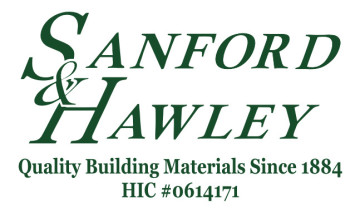
How to Identify Real Green from "Greenwashing"
It seems everywhere you look nowadays everyone is promoting themselves or their product as "green." But how do you separate "real green" from "greenwashing" - that is, products that are advertised as green without truly offering environmental or health benefits?
Manufacturer Commitment To Sustainability
Look for a written environmental policy in the product literature or on their web site. Check for improvements in manufacturing that reduce, reuse or recycle. Investigate whether they comply with their industry's voluntary testing programs.
Examine The Product's Composition
Learn what raw materials are used to create the product and where they come from. Find out if the materials come from renewable resources and if the manufacturing process is energy efficient. Consider whether the manufacturing process releases harmful substances and if adhesives are needed to make the product viable. Also look to see what coatings or finishes may be needed to make the product viable.
Examine The Product's Service Life
Consider whether the product nurtures the health and well-being of its occupants and if it releases VOCs. Learn about its energy requirements. Also consider if the product has a color or texture that can lead to reduced lighting energy or an expanded range of thermal comfort conditions. Check to see if the product can be maintained in a benign manner and whether any necessary cleaning products are safe.
Consider Transportation, Installation, and Disposal Costs
Discover in what manner the product is packaged and transported and how it is installed and maintained. Determine if the product is durable, biodegradable, or recyclable. Look to see if the manufacturer provides a life cycle analysis on the product.
This blog entry was developed from the LMC Newsletter article library.
